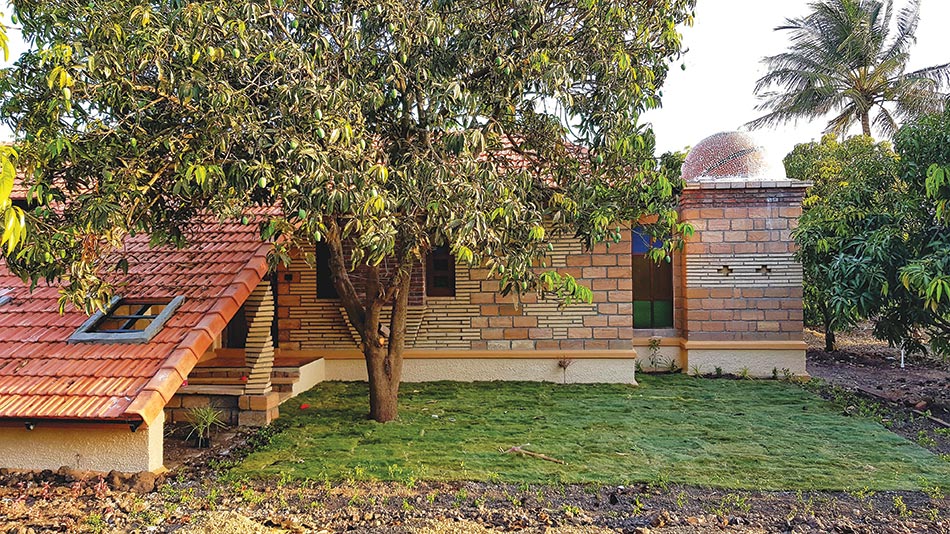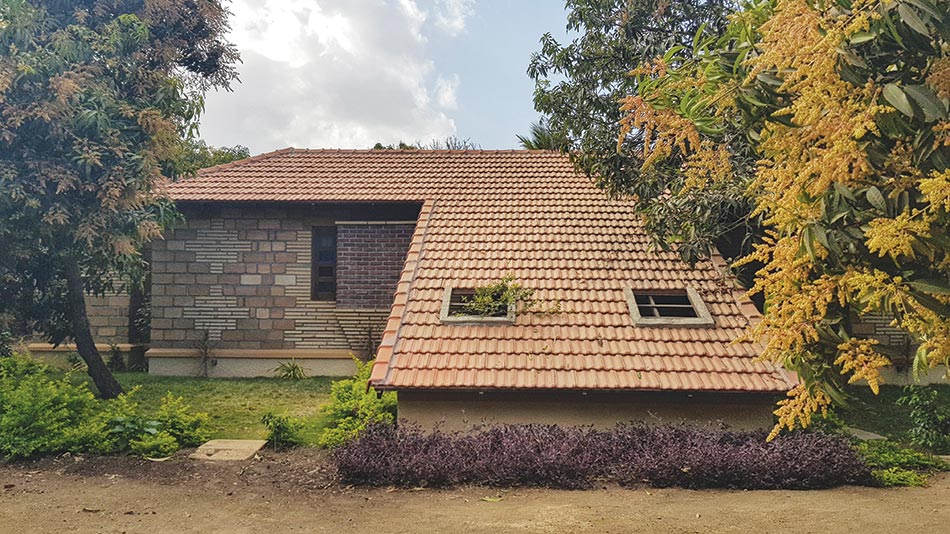
Vernacular architecture not only reflects local traditions and needs but also expresses the climate-responsive planning principles. As social conditions have changed with the changing lifestyle, public and private zones have also changed drastically, but the climatic condition of a region remains unchanged. It becomes mandatory to understand the age-old methods and to use them in today's context. Vernacular architecture almost always has good answers to all our problems if we try to implement it consciously.
I find that the most cost reduction techniques shown by vernacular architecture give better quality and give our architecture an Indian identity that supersedes the imitation urban stuff with which we are defacing our cities today
Japan and Sri Lanka are prime examples of countries that have their distinct style of work. The Japanese sensitivity to minimalistic, austere architecture, use of tatami mats and Zen gardens reflect their philosophy. As for Sri Lankan architecture, it is a true response to their warm and humid tropical climate. When every city is unique in its own way, it should evolve in a way that preserves that uniqueness. In India too, our role model cannot be Shanghai or Hong Kong, else every city in the world would begin to look the same!

Indian vernacular architecture evolved some strategic responses of the built form to combat the harsh vagaries of weather within a frugal resource base. Thick wall mass for insulation (for both warm and cold climates); multi-tiered roofs for hot air escape and cross ventilation; jaali-perforated screens for light, views of the outside and ventilation without ingress of heat, haze and glare; skylights for diffusion of haze and glare; tripartite windows with upper ventilator (warm air escape), middle shutters (for views) and lower shutters (breeze ingress) for diurnal, seasonal as well as activity based adaptations through permutations and combinations; courtyards for light and air; overhangs and protruding envelope profiles for mutual shading; and multiple use of open and semi covered spaces, were some of the many nuances evolved by the vernacular/ traditional built forms in India.

Our cities must learn the virtues of surrounding villages in India, which often take on the shape and form dictated by the climate they are in, or the socio-cultural norms that they are designed to preserve and protect. For example, village settlements in Uttaranchal are often characterized by houses of stone, timber and mud mortar on slopes, with thick stone walls of course rubble masonry designed to ward off the cold, with a shelter for animals below the main house (the heat given off by mulch animals further heats the house above). In Kerala, village houses are slope-roofed with Mangalore tiles and thatch to draw off and channel the rain. In Assam, the same houses are often built on stilts, the better to counter the (often) damp ground. In Punjab, whitewash on the outside walls helps to cool down the summer heat. The list could go on, but in each case we see that villages in India's diverse regions has evolved a unique way of responding to the climate and the environment that is sustainable, shows an intelligent approach to the problems of climate, and is a delicate balance of social and cultural factors through spatial vocabulary such as walls, courtyards, floors and semi-private and private spaces. Vernacular architecture is not merely a style, but it is an attitude which carries with it a holistic lifestyle.















